Although the typical means of enjoying nature would be by walking, I have found that biking can be a great way to find natural wonders in any area which has biking trails. The rails to trails paths are ideal since they tend to be easy to ride while watching the passing nature show. One of our favorites is the New River Trail State Park in VA which has repaid repeated rides on the same trail segment to spot daily and seasonal changes in natural history.
Some butterflies tend to congregate on trails as open spots in the forest. This eastern comma seemed to be sunning itself with open wings as did a nearby red admiral. However a clubtail dragonfly, a black shouldered spiny legs, was also admiring the red admiral and swooped over, caught and ate it ! Another feature of this trail which attracts butterflies is the prevalence of horse dung which provides sodium salts; this male spicebush swallowtail seemed to be sipping fluids from dung in a behavior termed "puddling."
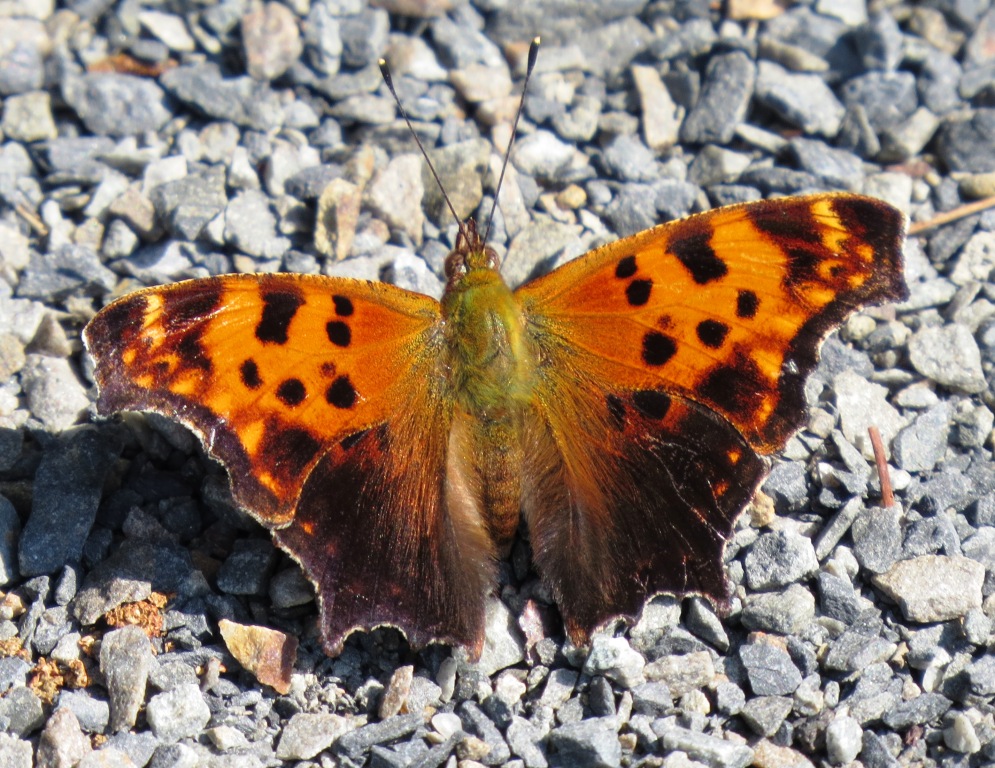
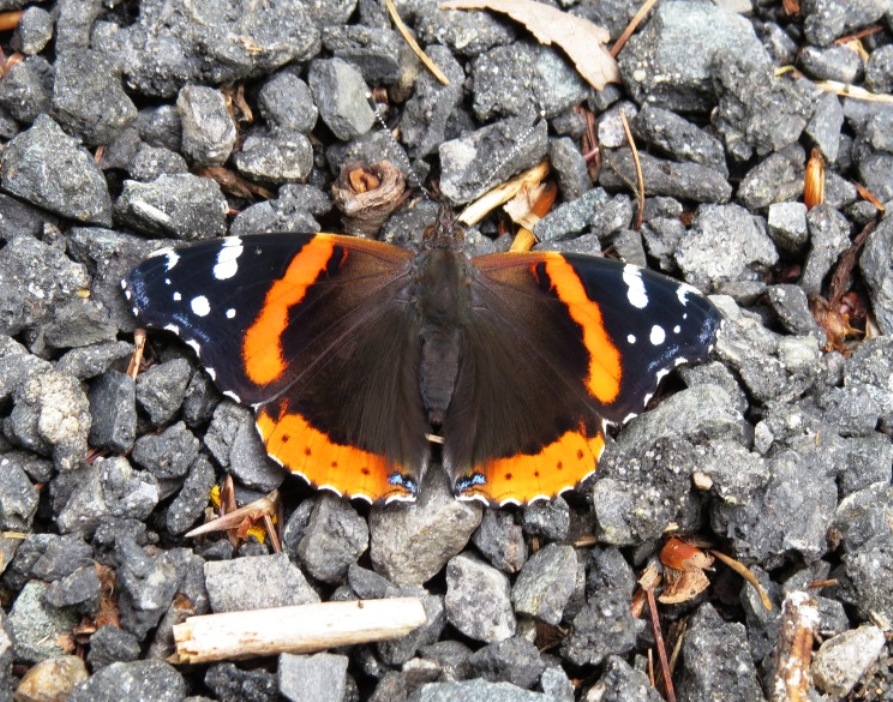
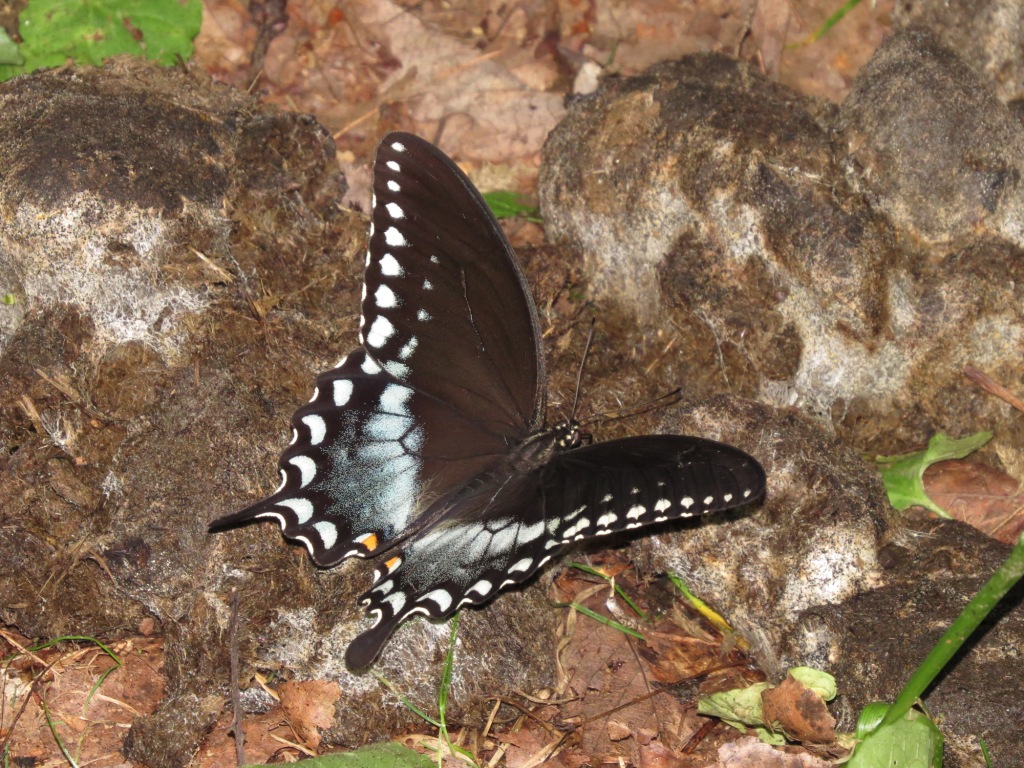
Box turtles are often seen on bike trails, perhaps attracted by the sun light and/or a place for egg laying and interactions with other turtles. Males typically have a red iris and a concave lower shell, the plastron. Females have a darker iris and a convex plastron. Animals sometimes do unexpected things, as this male box turtle observed swimming in a pond. Although he was an inefficient swimmer, he did manage to cross the pond safely while floating like a cork. Since box turtles live to a considerable age, more than 50 years, and reproduce slowly, they deserve our respect and care for their well being in coping with the dangers of the modern world.
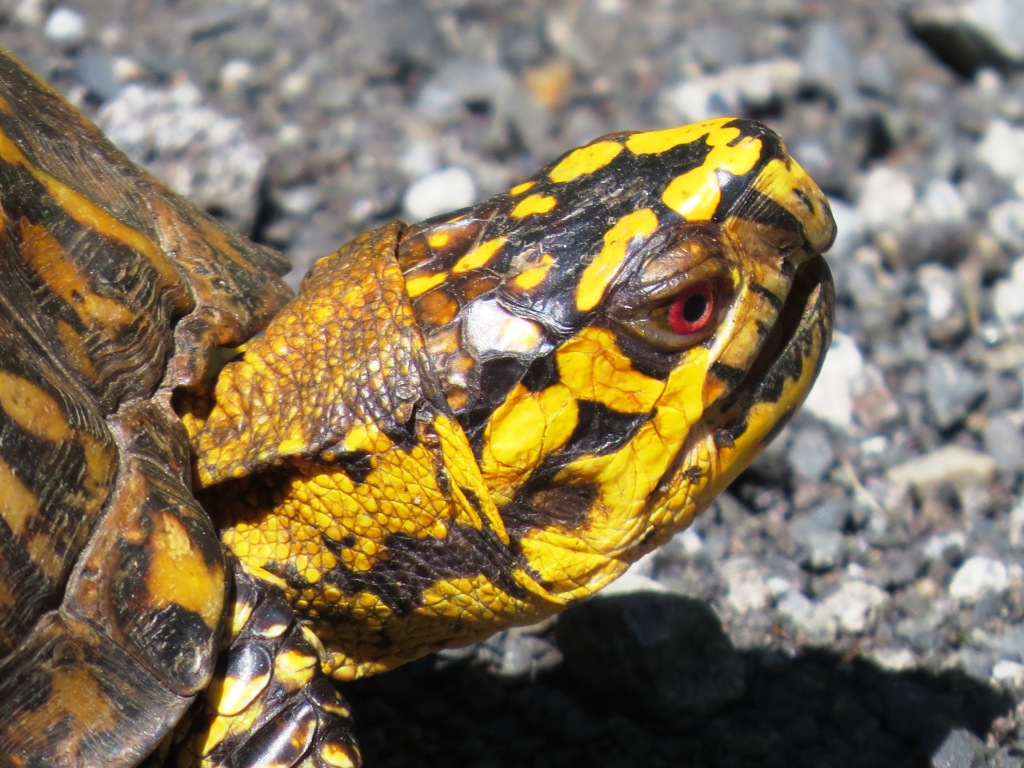
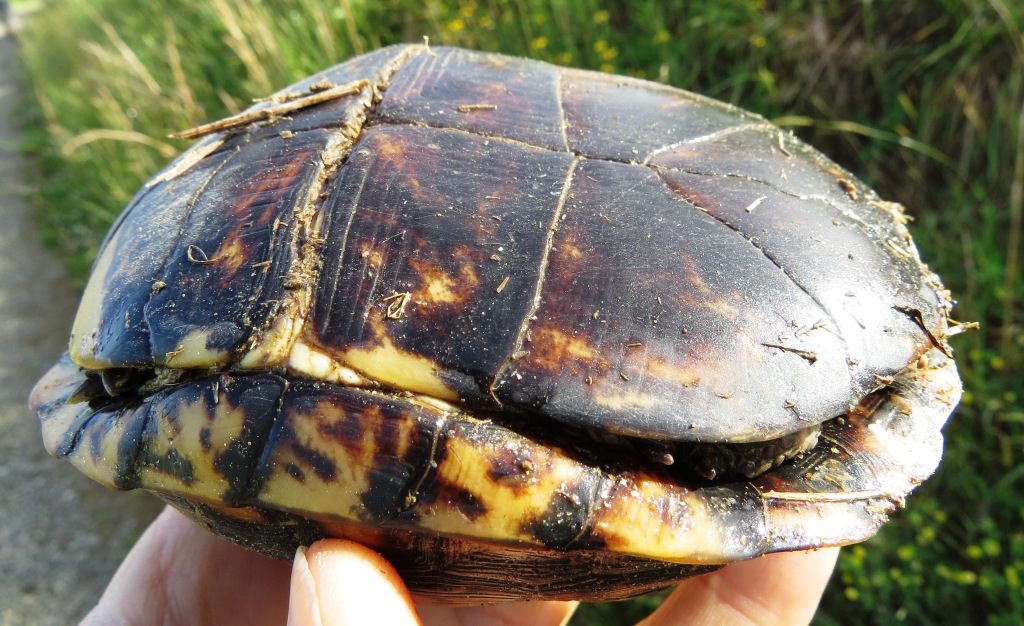

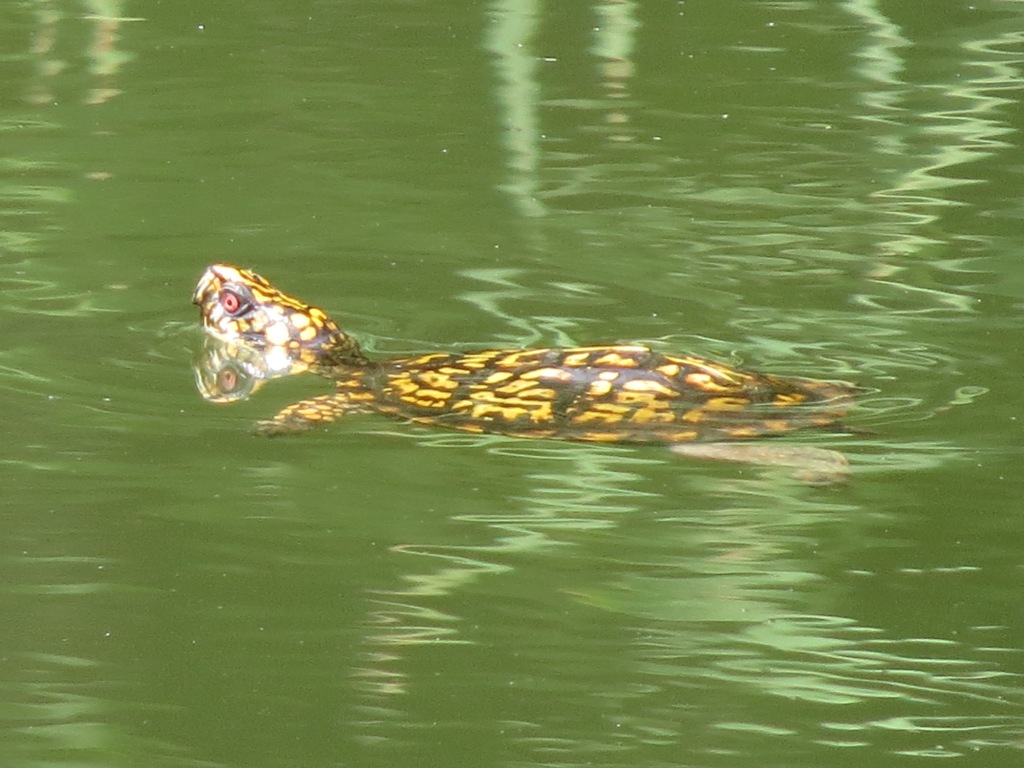
We observed a great egret along the New River Trail and became excited by this since we had not seen one this year in the mountains of VA. This indicates that not only is the value of real estate determined by location, but also the value of a bird siting. In FL and along the SE coasts the great egret is a "trash bird" hardly worthy of notice. Yet in the Blue Ridge Mountains it is a regular but uncommon visitor which attracts some attention. It is also one native species that is coping fairly well with the changes made by humans to the planet, since it seems to be able to respond in a flexible manner to feeding opportunities.
So get that bike out of the garage and take a ride on the wild side, cover more territory than you can on foot, and scan the surroundings for interesting natural history occurrences. It is fun, healthy and a very productive way to observe nature.









